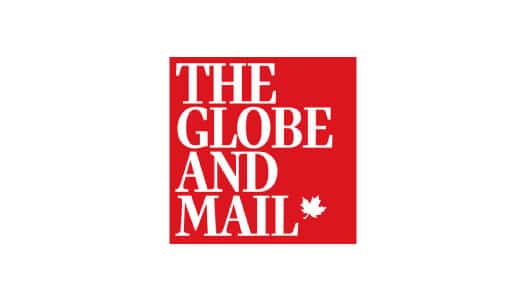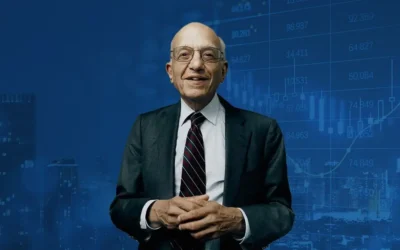By The Globe and Mail– October 13, 2020
This content was produced by the Globe Content Studio.
Opportunities are arising from aging population and a growing middle class in emerging markets
Changing demographics are driving the growth of the health care sector and new investment opportunities within it. But decisions have become much more complex than simply making a bet on retirement homes.
“The aging cohort comes from a different generation [and] they’re going to have different proclivities,” says Mike Philbrick, president of ReSolve Asset Management Inc. in Toronto.
In large part, the seniors of today and tomorrow don’t resemble those of yesterday. It’s not just about people aging, but living and being active for longer in retirement.
“It is more about quality of life now,” Mr. Philbrick says.
He adds that many baby boomers also have the money to afford the health care that increases that quality of life.
In the developed world, the greying population will increase the demand for health care products and services, and spend more on it through the coming decades. Increasingly, they’ll do so while also preferring to remain in their own homes, if possible.
“We don’t include long-term-care homes in our universe,” says Paul MacDonald, chief investment officer at Harvest ETFs. “We are really looking more at drug manufacturers, medical device manufacturers and various types of what we call managed care organizations.”
As people age, the increase in spending on health care is “effectively exponential,” Mr. MacDonald says. “To us, that’s the real long-term driver in health care demographics – things like getting new hips and knees and various new drugs.”
That doesn’t mean the classic demographic play on retirement homes and long-term-care facilities is dead.
“I don’t think that market is going to disappear,” says Walter Wodchis, professor of health economics at the University of Toronto’s Dalla Lana School of Public Health. “Remember, [baby] boomers are not yet in their 80s. They haven’t really hit the age of really needing a lot of dependency. People are going to continue to have dementia. So that’s still coming, and there’s still going to be demand for assisted living.”
From an investment perspective, other trends call for more latitude in considering what can be a play on changing demographics on health care.
Mr. Philbrick notes the heightened risk COVID-19 poses to the elderly. As this group and others stay in more at home, it increases the demand of everything from grocery delivery services, to in-home fitness, to the technology that entertains and connects us.
“We might have a vaccine … but you still have to manufacture and distribute it – and all of those things will still take time,” Mr. Philbrick says. “While that’s taking place, [seniors] are going to continue to build up these habits and behaviours.”
It’s a reminder, say financial professionals, to think creatively when it comes to investing in health care.
Aging populations in developed economies only represent half of the modern health care demographic investment thesis. Emerging markets have a much younger population, large portions of which are gaining access to middle-class income levels for the first time. The expectation is that much of that newfound wealth will flow toward health care and general wellness services.
As a result of that trend, “there’s a market opportunity,” says Abi Sriharan, system leadership and innovation program director at the University of Toronto’s Institute of Health Policy, Management and Evaluation.
With health care spending already going up in emerging markets, “you see that type of innovation happening in China and India right now,” Ms. Sriharan says.
Investing in large global health care conglomerates is one way of playing into that trend. These firms tend to have the substantial resources required to build costly health care infrastructure in new markets. However, Ms. Sriharan cautions against treating every global health care market the same.
“The health care market in China might want something different than the market in India – and that’s key for any investor to think about,” she says.
Higher incomes, standards of living and discretionary spending continue to shift investment opportunities in emerging markets. Harvest ETFs has done much research showing that as overall wealth increases in these markets, a disproportionate amount of that money is spent on health care.
“As your [gross domestic product (GDP)] grows, you might have a $100 increase in per capita wealth – and health care spending might be $40 or $50 of that,” Mr. MacDonald says. “To put that in perspective, China spends less than $800 per capita on health care, and the U.S. is somewhere around $10,000. I’m not suggesting that gap can be closed overnight, but it’s possible over the medium to long term.”
Mr. Wodchis concurs and says there’s much room to grow. “Any market that is growing its economy and spending less than 10 per cent [of GDP] on health care is going to see a big increase. Until you hit the roughly 15-per-cent range, there’s definitely upward mobility in a market.”
*Harvest ETFs are managed by Harvest Portfolios Group Inc.









